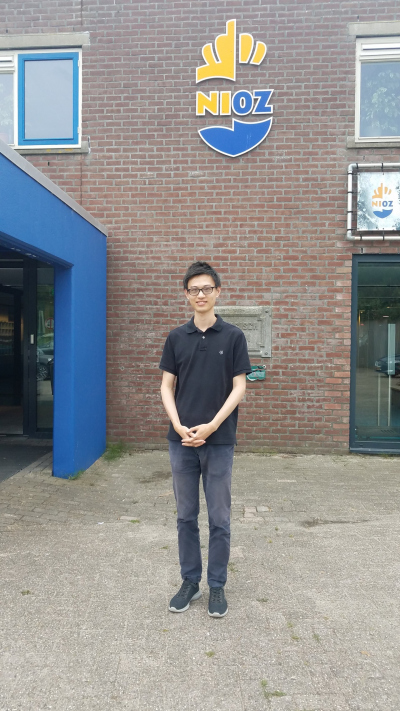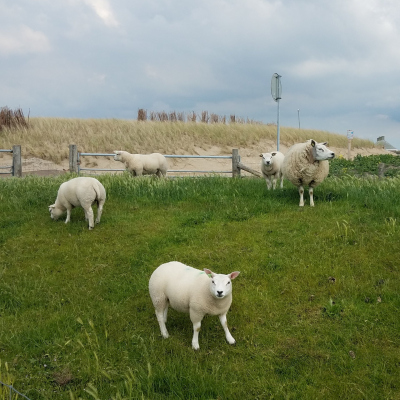- Graduate School GLOMAR
- PhD student reports
- Research Placements
- Yanming Ruan
Yanming Ruan
Report of GLOMAR PhD student Yanming Ruan about his research placement at Royal NIOZ, the Netherlands Institute for Sea Research on Texel, the Netherlands, from 10 June to 19 July 2019
Thanks to the funding by GLOMAR and the suggestions by my thesis committee, I was able to have a wonderful research stay at the NIOZ Royal Netherlands Institute for Sea Research from June to July. The major aim of the visit is to reconstruct the fire history in East Java by analysing levoglucosan, an organic marker for biomass burning, in marine sediment samples. The Department of Marine Microbiology and Biogeochemistry at NIOZ is famous in the field of organic geochemistry. The team has developed the Ultra High Pressure Liquid Chromatography-Electro Spray Ionization/High Resolution Mass Spectrometry (UHPLC-ESI/HRMS) method for the measurement of levoglucosan. The good separation and low detection limit are ideal for marine sediment samples.
The large amounts of salt in the samples gave us some headache in the first two weeks. The levoglucosan analysis becomes rather tricky with the interference of salt, which is deadly to the liquid chromatography system. Fortunately, the experienced scientific staff at NIOZ gave me great help in choosing the optimal solvent and work-up procedure to solve the ‘salt issue’ in an efficient way. After settling the preparation procedure, I spent the rest of the research stay in preparing samples and instrument analyses. In the end, we were able to finish all the measurements I planned. Besides the intense lab work, I participated in department meetings to get a glimpse of on-going researches at NIOZ.
It turns out that going to NIOZ for these analyses was definitely the right choice. I was impressed by the friendly and energetic staff, well-equipped facilities and effective lab management. I especially would like to thank Ellen Hopmans for her knowledge and determination, Denise Dorhout for her careful step-by-step guidance, Monique Verweij for taking good care of the instruments, and Stefan Schouten for sharing his insights about the data.
Life on Texel was an interesting experience for me. A working day always started with drinking coffee with colleagues at 8 (special thanks to Jort for preparing the coffee). Friday drinks and barbeques in the guesthouse gave me the chances to know people from different fields of marine science in a relaxing atmosphere. The night excursion with Jeras and Thijs et al. to see the sea sparkle in Mokbay was a wonderful surprise. I also got exposed to Dutch culture by enjoying Dutch movie night and playing the Dutch game ‘Sjoelen’.




